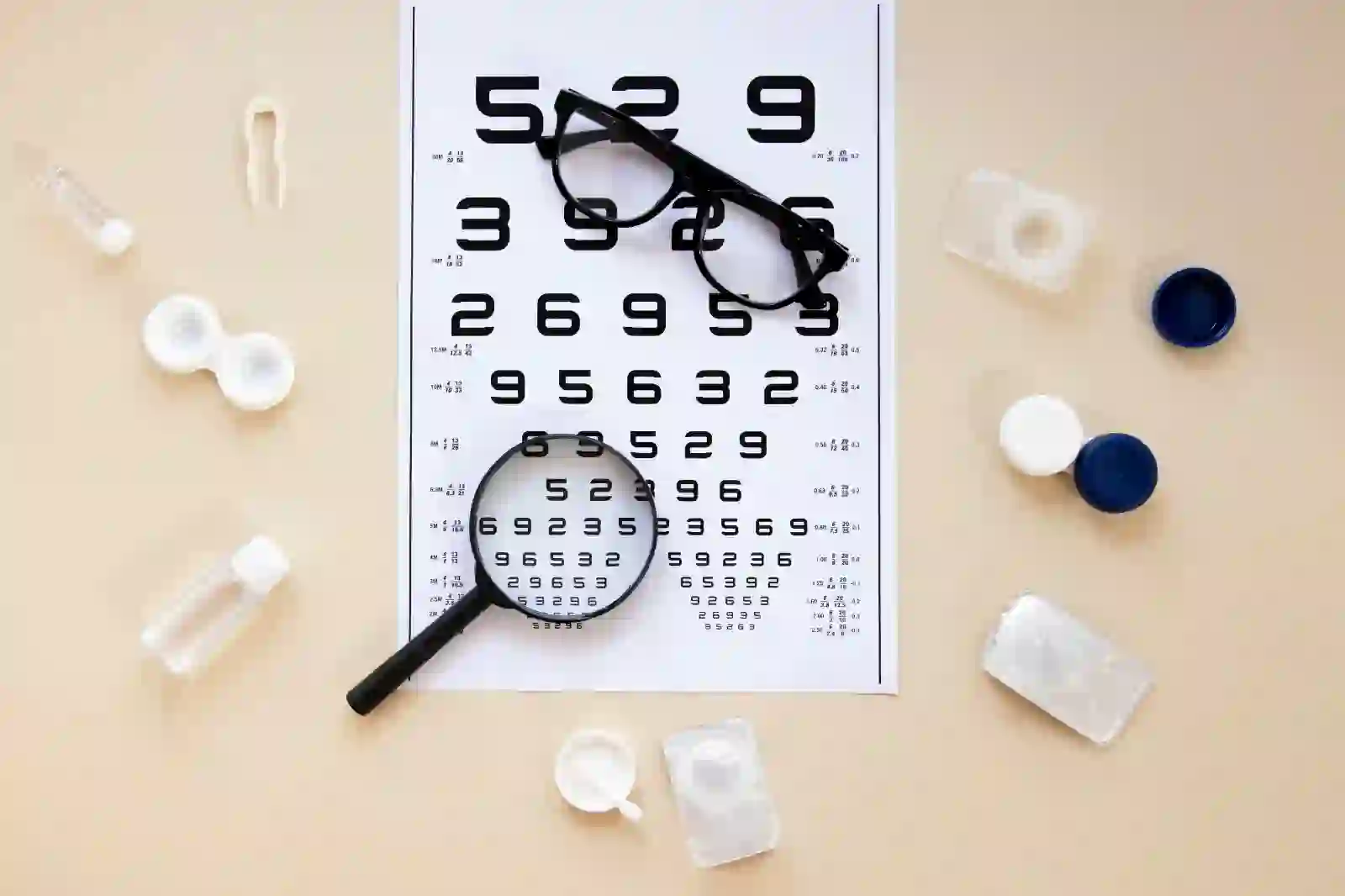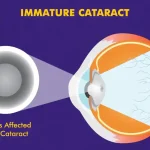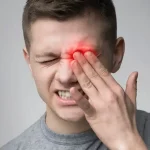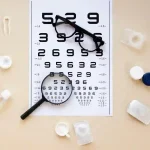Key Takeaways:
|
Low vision means reduced eyesight that can’t be fully corrected with glasses, contact lenses, or surgery. It makes everyday tasks like reading, recognizing faces, or navigating outdoors difficult, and each type of low vision affects vision in a unique way.
This blog explains the different forms, their common causes, and the low vision devices that help maintain independence and quality of life.
What is Low Vision?
Low vision means your eyesight is reduced in a way that regular glasses, contact lenses, or surgery cannot fully fix. You still have useful sight, but reading, recognizing faces, or moving around safely are harder than before.
Different types of low vision show up in different ways, like blind spots, glare, poor night vision, or an almost complete loss of detail but it is not total blindness. With the right evaluation and support, vision can be enhanced using types of low vision devices such as magnifiers, better lighting, and digital tools.
Types Of Low Vision
The visual pattern you experience usually depends on the disease or injury affecting your eyes. Understanding the main patterns helps you match daily strategies and devices to your needs and also clarifies the broader picture of types of blindness and low vision in everyday life.
Below are the different types of low vision:
Loss of Central Vision
Central vision loss can develop suddenly or slowly. Fine details fade, faces look unclear, and a dark or blurry patch sit in the center of vision. Over time the patch can grow, making reading, phone use, and driving difficult. Good task lighting, high-contrast settings, and near magnifiers help.
Loss of Peripheral Vision (Not Being Able to See from the Corners of Your Eyes)
Peripheral vision loss narrows your side view even when the center looks sharp. You might bump into objects, miss steps, or struggle in crowded places. Techniques like scanning (moving your head and eyes more), plus orientation-and-mobility training and wide-angle field expanders, can improve safety.
Darkness Blindness (Not Being Able to See in Low Light)
Night blindness (nyctalopia) makes dim places stressful. You see adequately in daylight but feel unsure in parking lots, stairwells, or during night driving.
Brighter, well-placed lights, anti-glare eyewear, and planned routes make evenings easier; an eye exam is important to check for treatable causes.
Foggy or Blurry Vision
Blurry vision feels like a camera that hasn’t focused yet. Text looks washed out, and you squint to sharpen it.
Contrast-enhancing settings, bold fonts, clean lenses/screens, and task-specific magnification can make a clear difference. If the blur changes suddenly, see an eye doctor promptly.
Who Can Have Low Vision?
Below are the factors that affect who can have low vision:
- Anyone can develop low vision, but it’s more common with age. People over 45 notice it more often, and the risk rises further after 75.
- Conditions like age-related macular degeneration, glaucoma, diabetic eye disease, inherited retinal problems, past eye injuries, or brain injury can all play a role.
How To Diagnose Low Vision?
An eye care professional will assess how you see in the real world, not just on a basic chart.
- They check visual acuity, contrast sensitivity, color vision, and side vision, then look for glare sensitivity and reading speed.
- Clinics use types of low vision charts like ETDRS for acuity and Pelli-Robson for contrast, plus tools such as the Amsler grid and visual field tests (perimetry).
The goal is to map your strengths and challenges so a practical plan, and the right devices can be chosen.
Treatment For Low Vision
Most low-vision patterns are long-term, but support can greatly improve daily life. Glasses, medicines, or surgery help specific conditions, yet many people benefit most from training and types of low vision devices chosen for their tasks.
- Magnifying Spectacles:
Worn like glasses for hands-free reading and craft work; fixed working distance keeps posture steady.
- Standing or Hand-held Magnifiers:
Rest on the page or are held close to text and labels; built-in lights add contrast for smoother reading.
- Digital Magnifiers (video magnifiers/e-mags):
Portable or desktop devices that enlarge text and images on a screen; phones and tablets can also magnify with adjustable contrast and voice features.
- Lighting & Contrast Aids:
Warm, glare-free lamps, bold markers, high-contrast cutting boards, and large-print labels reduce strain.
- Electronic Accessibility:
Screen readers, screen magnifiers, text-to-speech apps, and accessibility settings on phones/computers keep work and study on track.
- Training & Rehab:
Low-vision rehabilitation teaches scanning, safe mobility, and task techniques so devices work better in real life.
Conclusion
Low vision changes how you see, but with the right evaluation and well-chosen devices, you can protect independence and comfort. Start with a thorough exam, discuss your daily tasks, and test devices that fit your goals. A small set of tools, good lighting, and smart habits make the biggest difference.
FAQs
How many types of low visions are there?
There are several types of low vision, namely central loss, peripheral loss, night-vision difficulty, and overall blur, with many people experiencing a mix.
Is night blindness considered a type of low vision?
Yes, night blindness is considered a type of low vision when it limits daily activities in dim light or at night despite glasses.
Are blurry or hazy vision considered as low vision type?
Yes, blurry or hazy vision is considered a low vision type if the blur persists despite correct glasses or treatment and affects daily tasks.
What is low vision classified as?
Low vision is classified as a reduced visual function that cannot be fully corrected with standard glasses, contacts, or surgery but can be improved with rehab and devices.
How do the types of low vision affect daily life?
The types of low vision affect daily life as central loss affects reading and face recognition; peripheral loss affects navigation; night blindness affects dim settings; blur affects detail work.





